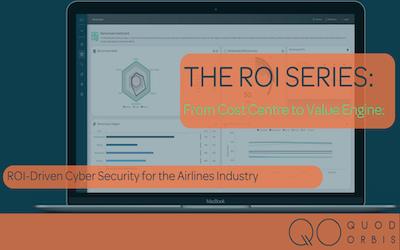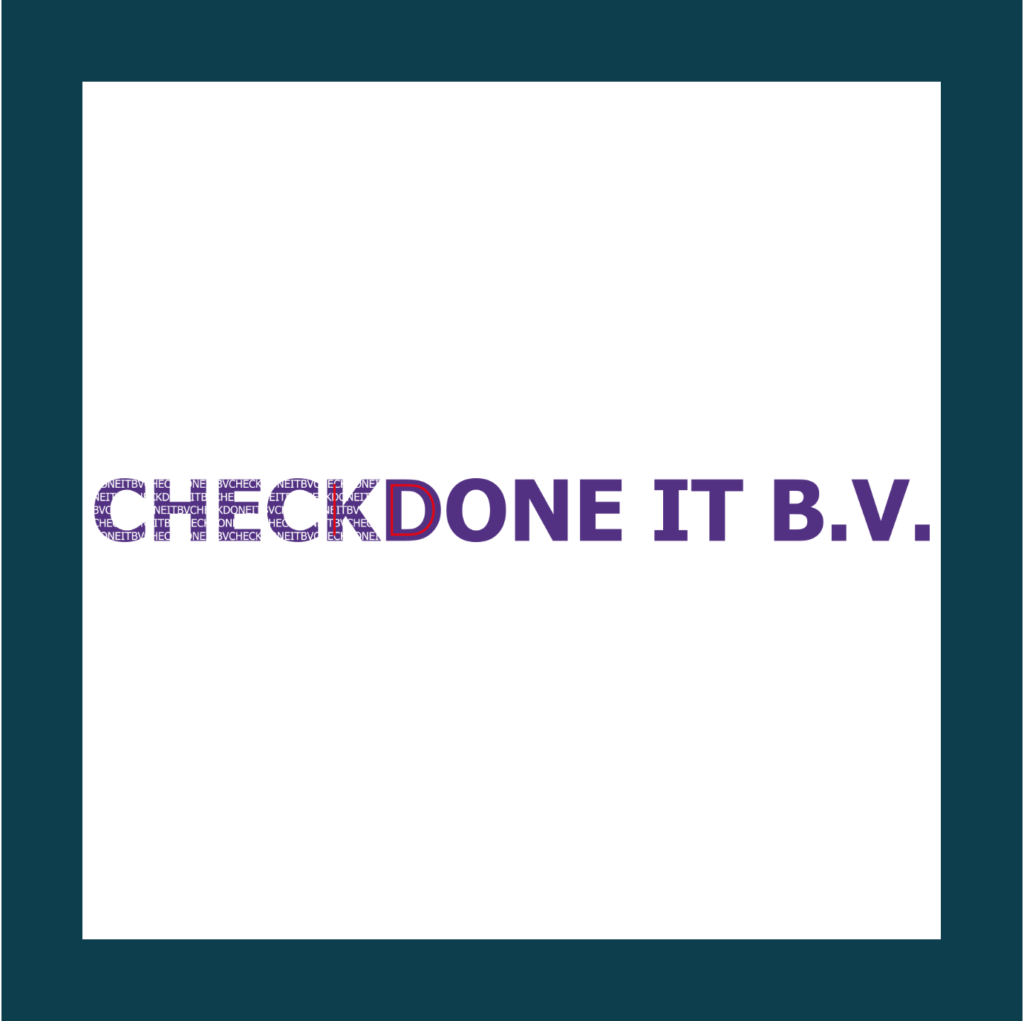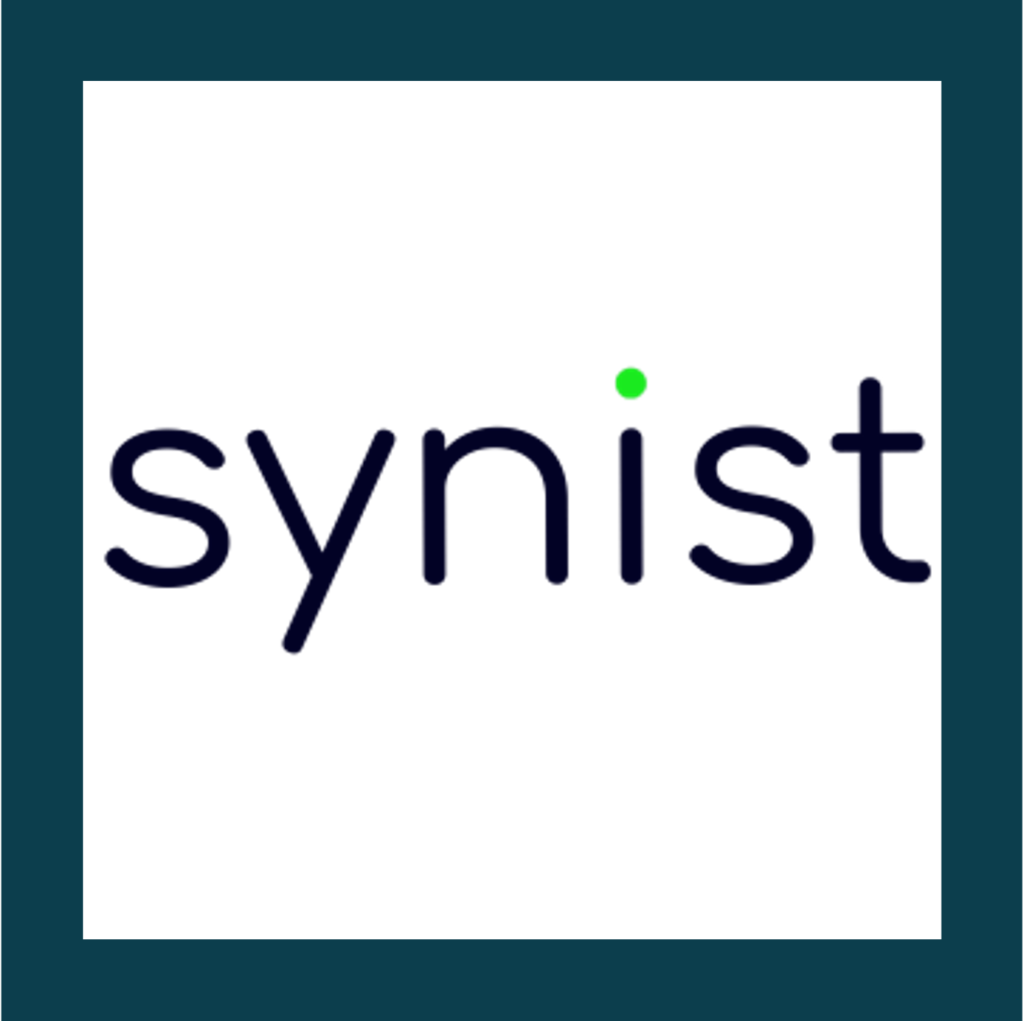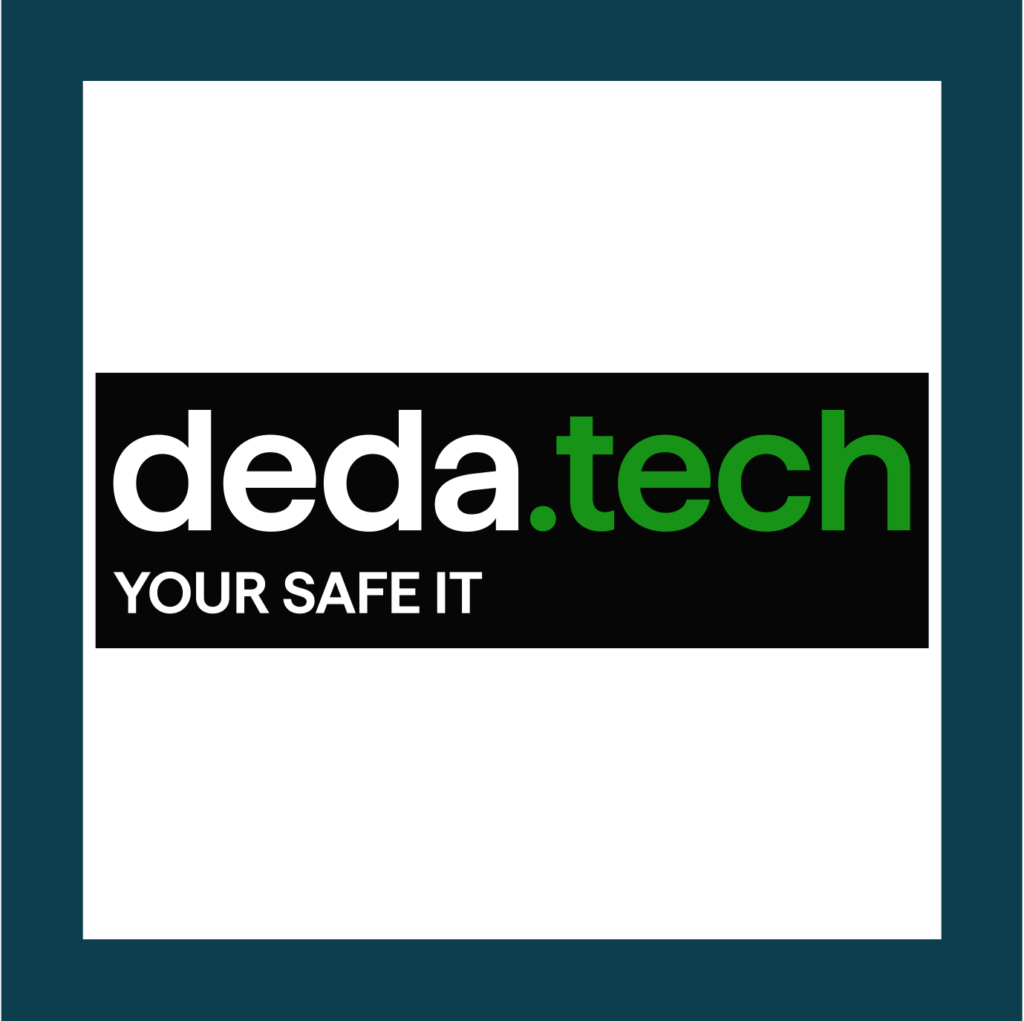The Digital Operational Resilience Act places a heavy focus on reporting because it places transparency at the heart of financial institutions accountability in their digital operations.
DORA mandates timely, accurate reporting on ICT-related incidents, risks and third-party dependencies, allowing regulators to assess the institution’s operational resilience and compliance with the Act’s standards. Effective reporting enables institutions to demonstrate control effectiveness, mitigate risks proactively and provide regulatory bodies with insights into their preparedness and response capabilities, ultimately supporting the stability of the financial system.
There are two key articles that discusses the reporting requirements in DORA; Article 17 Reporting of Major ICT-related Incidents, which mandates that financial institutions should report a major ICT incident to the relevant authorities, ensuring it is conducted in a timely, accurate and detailed manner, and that regulators are informed about the nature, impact and resolution of the incident. Article 40 of the Digital Operational Resilience Act (DORA) discusses the Information Sharing Arrangements. This article encourages financial entities to share information related to cyber threats, vulnerabilities and tactics, as well as techniques and procedures (TTPs) used by cyber attackers.
How can businesses accurately report on theory compliance with DORA?
Continuous Controls Monitoring will play a pivotal role in supporting financial institutions on the reporting element of the Digital Operational Resilience Act.
Here’s a breakdown:
Regulatory compliance reporting
- Real Time Monitoring: CCM monitors in real time, meaning financial institutions will be assured of real time data for reporting and their continual compliance with DORA.
- Reports Automated: Continuous Controls Monitoring generates reports automatically which significantly reduces manual efforts from teams to compile the data. Automation in the reporting also assures organisations of the accuracy.
- Reporting for Audits: The tailored reporting within CCM provides the audit trail needed for DORA, showing evidence of compliance or control failures which is crucial for the audit process.
Controls effectiveness & Risk management Reporting:
- KRI Reporting: CCM provides insights to organisations risk exposure tracking Key Risk Indicators, reporting on current risk levels and controls effectiveness. This allows organisations to examine continuously whether risk thresholds are being breached.
- Tailored Dashboards: Visualisation can be tailored for any specific organisation which will help display controls performance and risks in a format suitable for the board.
Incident & Breach Reporting:
- Real time alerts: Continuous Controls Monitoring can trigger alerts so that organisations can take a proactive approach to remediation and meet DORA regulatory timeframes.
- Analysis: The detailed reports within CCM will provide analysis into breaches, the impact and remedial actions taken.
Third party Risk Management
- Risk Assessment of Vendors: Financial institutions frequently rely on third parties which, as DORA has rightly identified, come with significant additional risks. CCM continuously monitors 3rd party controls and creates reports on vendor compliance and risk levels.
- DORA reporting of 3rd Parties: As DORA has a significant focus on 3rd parties of financial institutions, CCM provides essential data for reporting on the security and resiliency of outsourced services.
Reporting on Operational Resilience
- Business continuity and incident reporting: Continuous Controls Monitoring connects to a businesses entire ecosystem, meaning that controls performance across the organisation can be reported on, allowing businesses to be robust amidst threats and recover from disruptions.
- Cyber security threat reporting: CCM monitors controls in real time so organisations can see and understand their security threat posture as it is happening.
Audit & Governance Reporting:
- Gaps identification: Continuous Controls Monitoring identifies control degradation and areas of non-compliance which assists in overall governance.
- Board Reporting: Tailored reporting provides high level information into controls effectiveness and risks that support board communication.
Continuous Controls Monitoring connects to an organisations ecosystem and leverages automation to report on cyber threats and regulatory compliance in near real, time. This is not only an essential component of the Digital Operational Resilience Act (DORA), but regulatory compliance in general is now calling for continuous monitoring and reports that are always accessible and that offer the assurance of the accuracy in the data. CCM is the answer to the challenges and the complexities that organisations now face.
Book time here to discuss your DORA requirements for continuous monitoring.




















